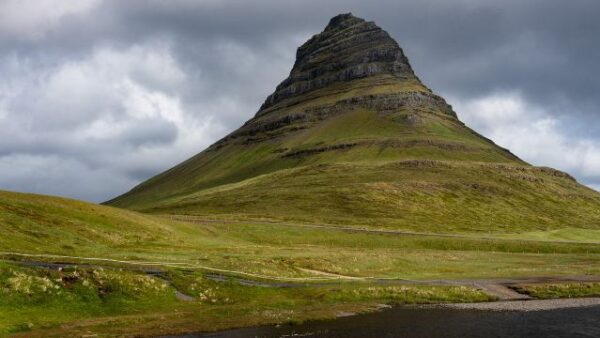The History of World Population
The growth of the human population over the course of history reveals our species’ incredible ability to adapt and thrive across diverse environments. While early increases in numbers were gradual, major developments set the stage for exponential expansion. Understanding these shifts provides insights into our past and a framework for sustainable progress.
Foundations Laid in Prehistory
As our ancient ancestors first emerged in Africa, population levels remained modest. Yet the foundations for future growth were laid as nomadic hunting and gathering bands learned to collaborate for survival. Rising intelligence aided discoveries like tool-making, allowing exploitation of broader landscapes. Slowly but steadily, cooperation and innovation supported marginal increases.
Agriculture Unlocks Abundance
Around 10,000 BC, a revolution began as certain communities transitioned to agriculture. Cultivating crops and domesticating animals delivered consistent nourishment, freeing time from procuring each meal. With basic security attained, focus shifted to other pursuits. Villages swelled as this lifestyle spread worldwide. Sustenance stability enabled divisions of labor and technological refinement to accelerate. Carrying capacity expanded dramatically.
Urbanization’s Amplifying Effect
As economies organized around farming, surpluses emerged. This encouraged specialization of skills and trade between regions. Drawing labor to these hubs, permanent settlements mushroomed into early cities. Concentrating diverse talents, urban centers catalyzed further advances like industry and infrastructure projects. Greater efficiency in production supported mounting populations. Networks of exchange magnified this snowball effect globally.
Medical Marvels Spur NewHeights
With all the crazy innovations in healthcare lately, it’s no wonder folks are living longer and pumping up those population stats like never before. Vaccines have wiped out lethal diseases while new treatments are knocking out conditions we used to just accept as fact of life. As a result, way more people are survivin’ to adulthood and beyond than ever in history.
Maternal and baby care have come such a long way it’s insane. Can you believe we used to lose tons of mamas and newborns to stuff we can prevent or cure so easy now? Better prenatal checkups, sanitation during birth and neonatal ICUs mean the little ones stand a fighting chance like never before.
And don’t even get me started on how long we’re all livin’ these days! Advancements in medications, surgical techniques and general understanding of healthy habits have pushed average life expectancy through the roof. As a result, seniors are a growing part of the picture and boosting those population numbers in the process.
New options like IVF have also allowed folks dealing with infertility to start their families, adding more bundles of joy to the mix. At the same time, easier access to family planning worldwide has helped keep population growth sustainable instead of spiraling out of control.
It’s an amazing thing how far medical care has come. But keeping billions healthy and happy longterm does present huge challenges around resources, jobs, housing and more. Sustainable development will take cooperation worldwide to make sure this population boom continues to mean longer, healthier lives rather than strain on our planet and society.
Managing Our Ingenuity Wisely
With people power constantly on the rise, we gotta start getting smarter about how we use our big brains, yeah? Because while human potential is awesome, unchecked growth puts mad stress on the only planet we got.
The key is finding that sweet spot between progress and preservation. Education is king – teaching folks family planning and healthy choices empowers them to have smaller families long-term. Innovation too – we can solve problems like feeding billions sustainably if we unlock clean energy’s possibilities through research.
But it ain’t just technology – we need sustainable everyday practices. Efficient resource use, less waste creation and eco-protection is the three-point play for supporting the massive numbers now and into the future. Gender equality is also clutch – studies show educated ladies typically have fewer kiddos, balancing things out demographicly.
At the end of the day, managing our brainpower responsibly is about more than stats – it’s doing right by coming generations. If we share knowledge worldwide, unleash solutions through science and make conservation a group effort, our ingenuity can be a asset securing long lives in harmony with nature. Takes teamwork and vision, but I believe if we come together on this, our kids’ kids will thank us…

Originally posted 2023-09-26 09:41:33.





There is 1 comment